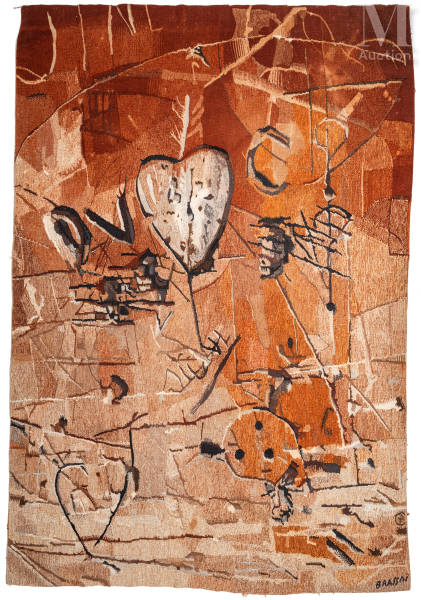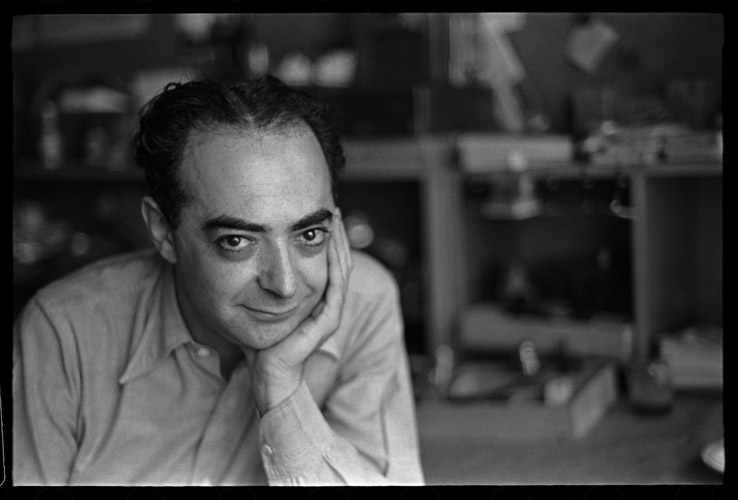Brassaï settled in Paris in 1924, where he worked as a journalist and joined the circle of Hungarian artists and writers. At night, he walked around the Montparnasse district and took photos of prostitutes, street sweepers, and other nocturnal characters, all of which were compiled in his book “Paris de Nuit” (1933). While Brassaï is famous for photographing the seedy aspects of the city, he also documented high society through ballets, operas, and intellectuals, including Pablo Picasso, Salvador Dali, and Henry Matisse.
Born Gyula Halász on September 9, 1899, in Brassó, Brassaï derived his pseudonym from his hometown. He studied sculpture and painting at the Hungarian Academy of Fine Arts and moved to Berlin in 1920. In 1924, Brassaï’s photographs brought him international fame.
Brassaï’s rugs, on the other hand, feature abstract and geometric patterns, often inspired by the architecture of the city. These rugs were handwoven using traditional techniques, giving them a durable and timeless quality.
Brassaï’s rugs are unique works of art that celebrate the beauty of Paris and the keen eye of this talented photographer. They have been exhibited in museums around the world, including the Musée National d’Art Moderne in Paris and the Museum of Fine Arts in Houston.

